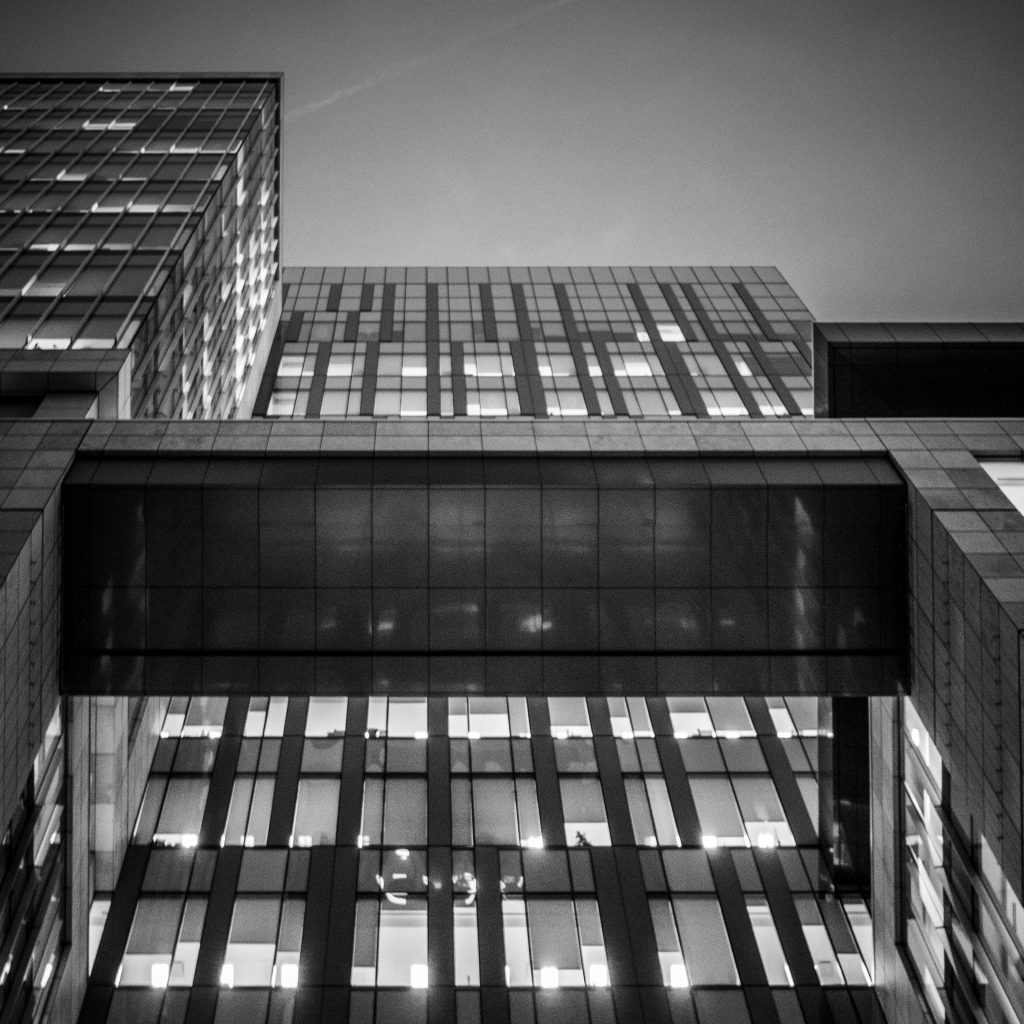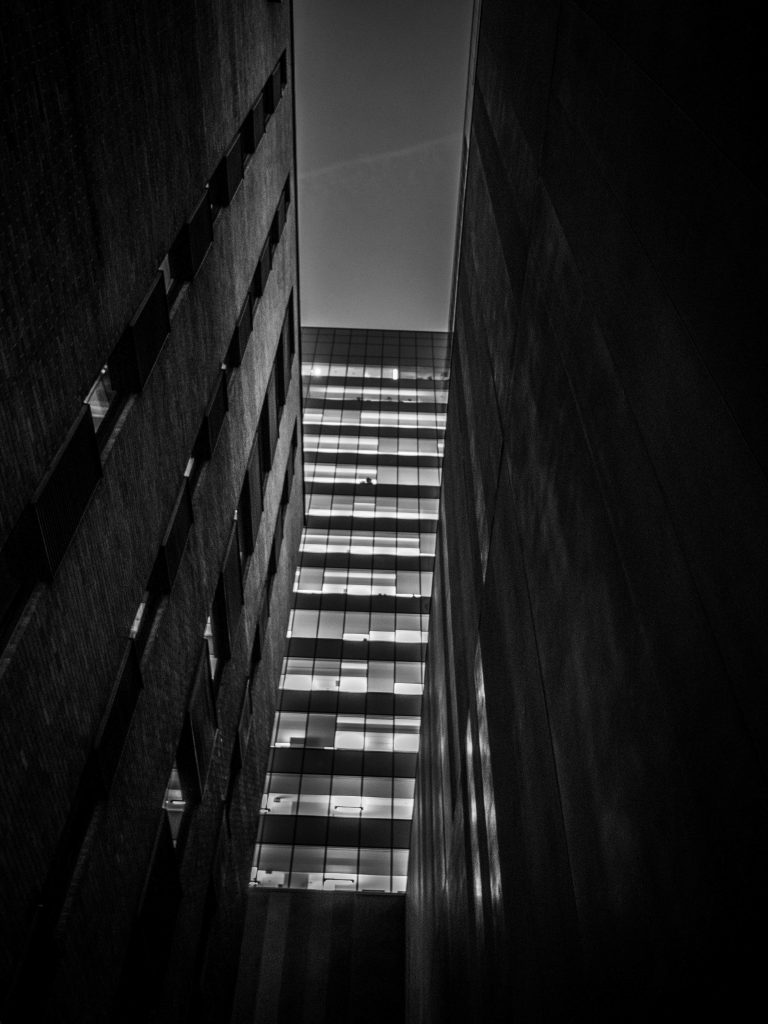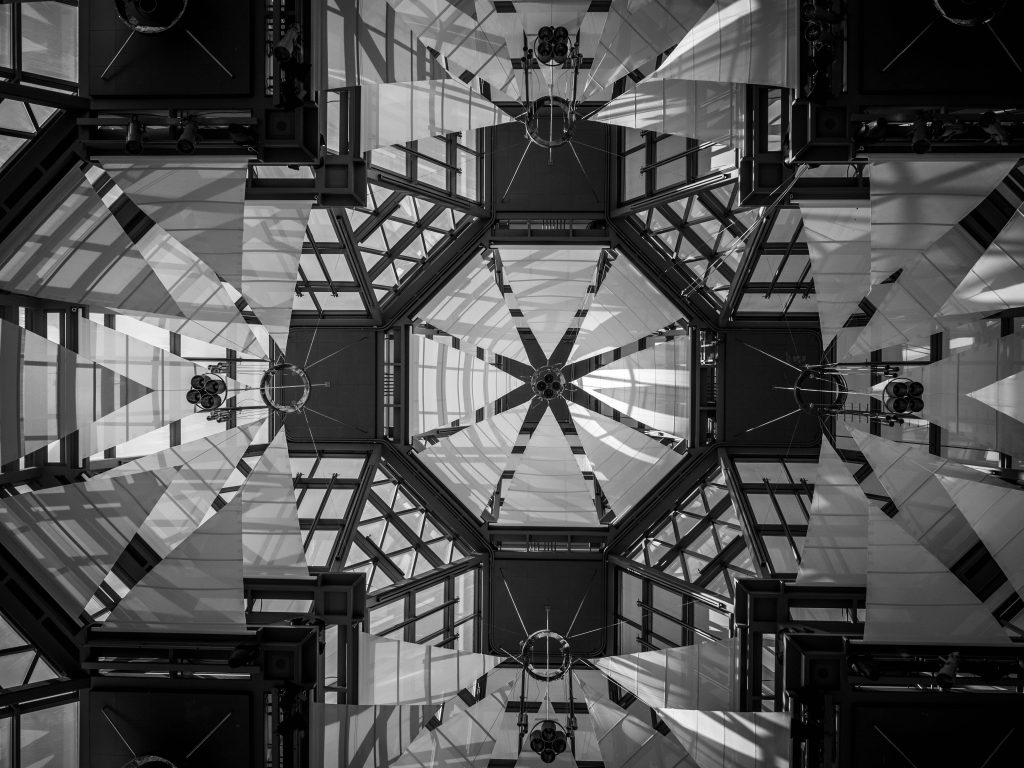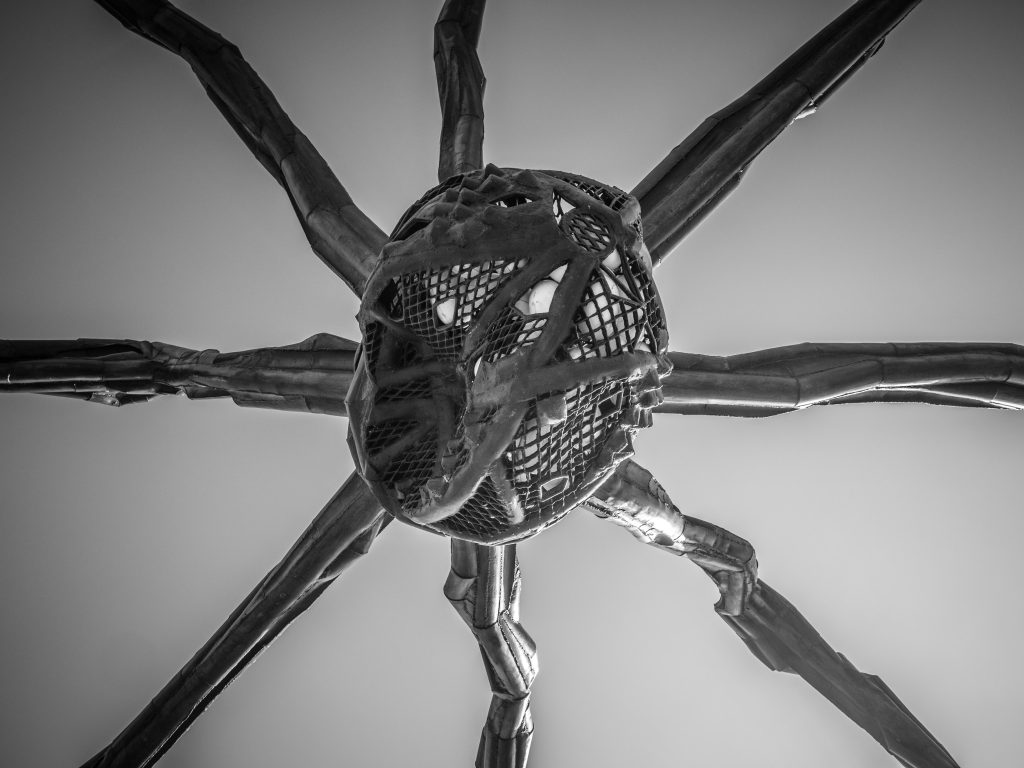A friend sent me a link to this article: Operative ekphrasis: the collapse of the text/image distinction in multimodal AI by Hannes Bajouhr.
The argument that multimodal AI collapses the text-image distinction is, at first glance, compelling. However, this claim relies on an implicit assumption that such a distinction was ever stable or clearly demarcated. A closer examination reveals that AI’s generative processes do not so much “collapse” the distinction as they do mechanize an already-existing instability—one that has long been explored through avant-garde literary and artistic practices, particularly in asemic writing.
Throughout the 20th century, artists and writers repeatedly disrupted the supposed boundary between text and image. Dadaist collage, Surrealist automatic writing, and concrete poetry all foregrounded the materiality of language, demonstrating that text could function visually as much as linguistically. In Lettrism, pioneered by Isidore Isou in the 1940s, letters were untethered from conventional phonetic or semantic meaning, transformed into visual compositions. Henri Michaux’s asemic ink drawings similarly dissolved the distinction between writing and mark-making, demonstrating that the act of inscription need not resolve into legibility. These historical precedents complicate the article’s central claim: rather than producing an unprecedented collapse, AI merely accelerates and mechanizes a longstanding artistic impulse to question the division between reading and seeing.
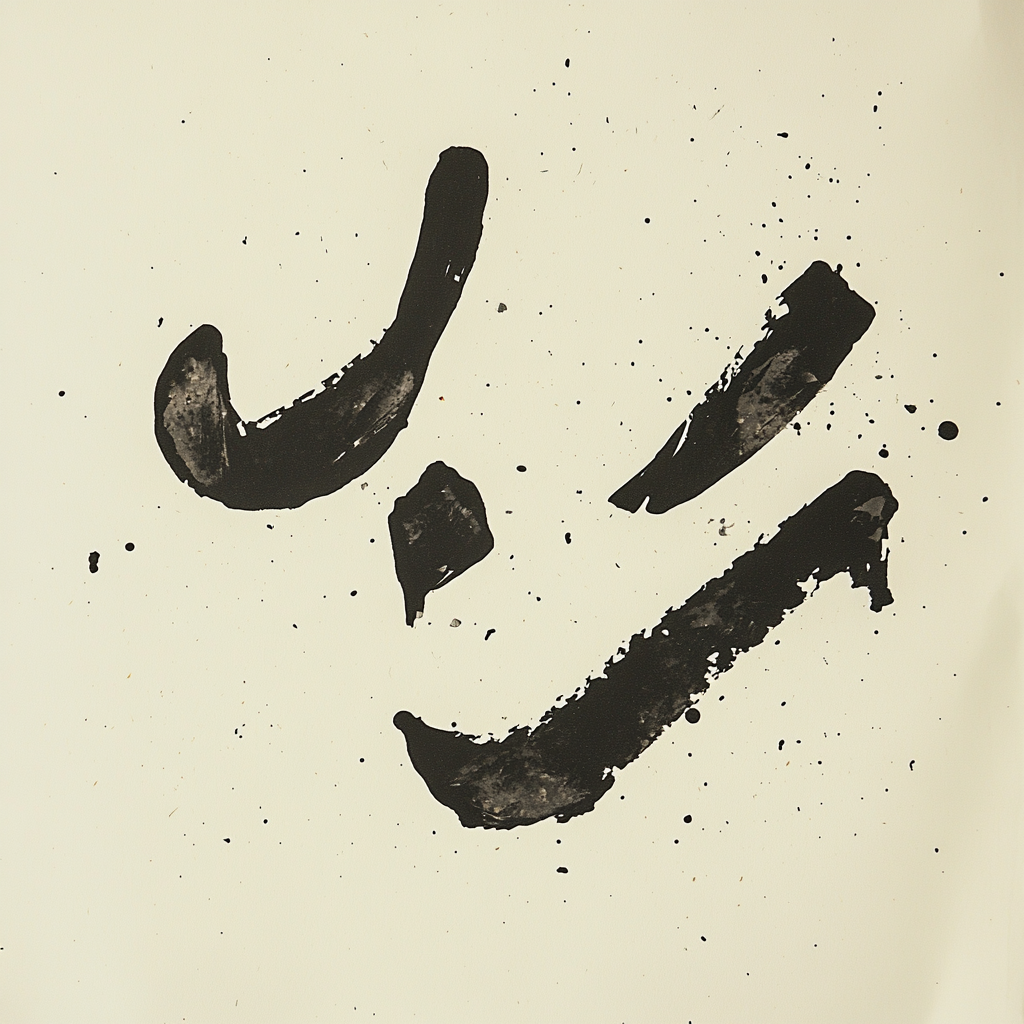
Asemic writing resists the tyranny of meaning, inviting the reader into an interpretative space where language dissolves into pure form.
If asemic writing operates through intentional illegibility, inviting interpretation while resisting definitive meaning, AI-generated text-image hybrids do not resist meaning so much as they produce an excess of it. The logic of machine learning generates outputs that are overdetermined by probabilistic associations rather than by authorial intent. Cy Twombly’s gestural inscriptions, for instance, suggest meaning without fully disclosing it; their power lies in their resistance to linguistic capture. By contrast, AI-generated multimodal outputs do not refuse meaning but generate an abundance of semiotic possibilities, saturating the interpretative field. The article does not fully account for this distinction, treating AI’s multimodal capabilities as a collapse rather than an overproduction, a shift from resistant ambiguity to computational fluency.
What is most fundamentally altered by AI is not the existence of an intermediary space between text and image but the industrialization of indeterminacy itself. Asemic writing historically resists institutional legibility, positioning itself against systems of meaning-making that demand clear semiotic functions. AI, however, converts indeterminacy into a computational process, endlessly producing outputs that are neither fully readable nor wholly visual but are nevertheless monetized and instrumentalized. Where the illegibility of Chinese wild cursive calligraphy or Hanne Darboven’s sprawling numerical texts was once a site of aesthetic resistance, AI-driven multimodality turns this ambiguity into a product, systematizing what was once an act of refusal.
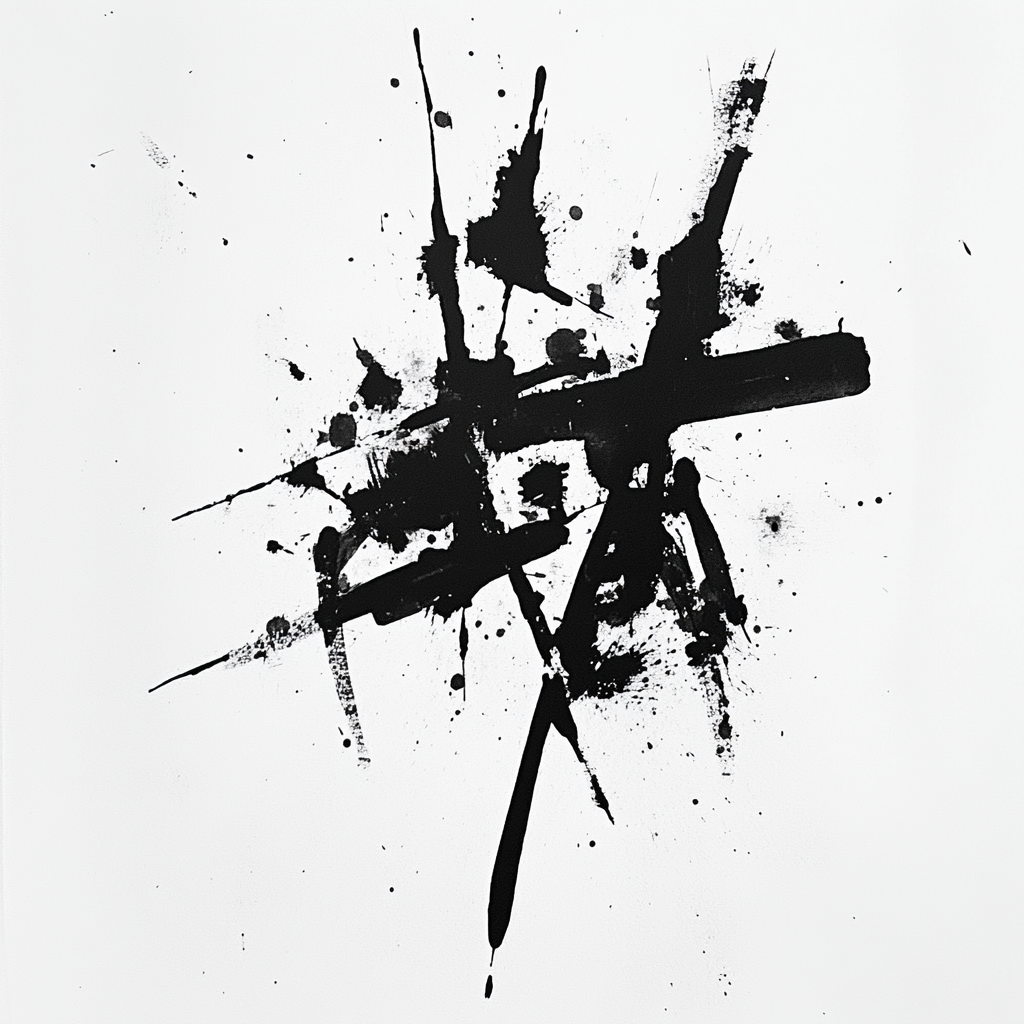
By severing the link between signifier and signified, asemic writing exposes the visual unconscious of text, revealing writing as an act of mark-making rather than communication.
Rather than signaling the collapse of the text-image distinction, AI-driven multimodality reveals how this boundary has always been porous. The article’s central argument overlooks the long history of artistic and literary practices that have anticipated and complicated the very phenomenon it describes. A more nuanced approach would recognize that AI does not dissolve the distinction between text and image so much as it absorbs their instability into a system that operationalizes ambiguity at scale, transforming what was once a site of aesthetic and conceptual resistance into an automated process of production.


